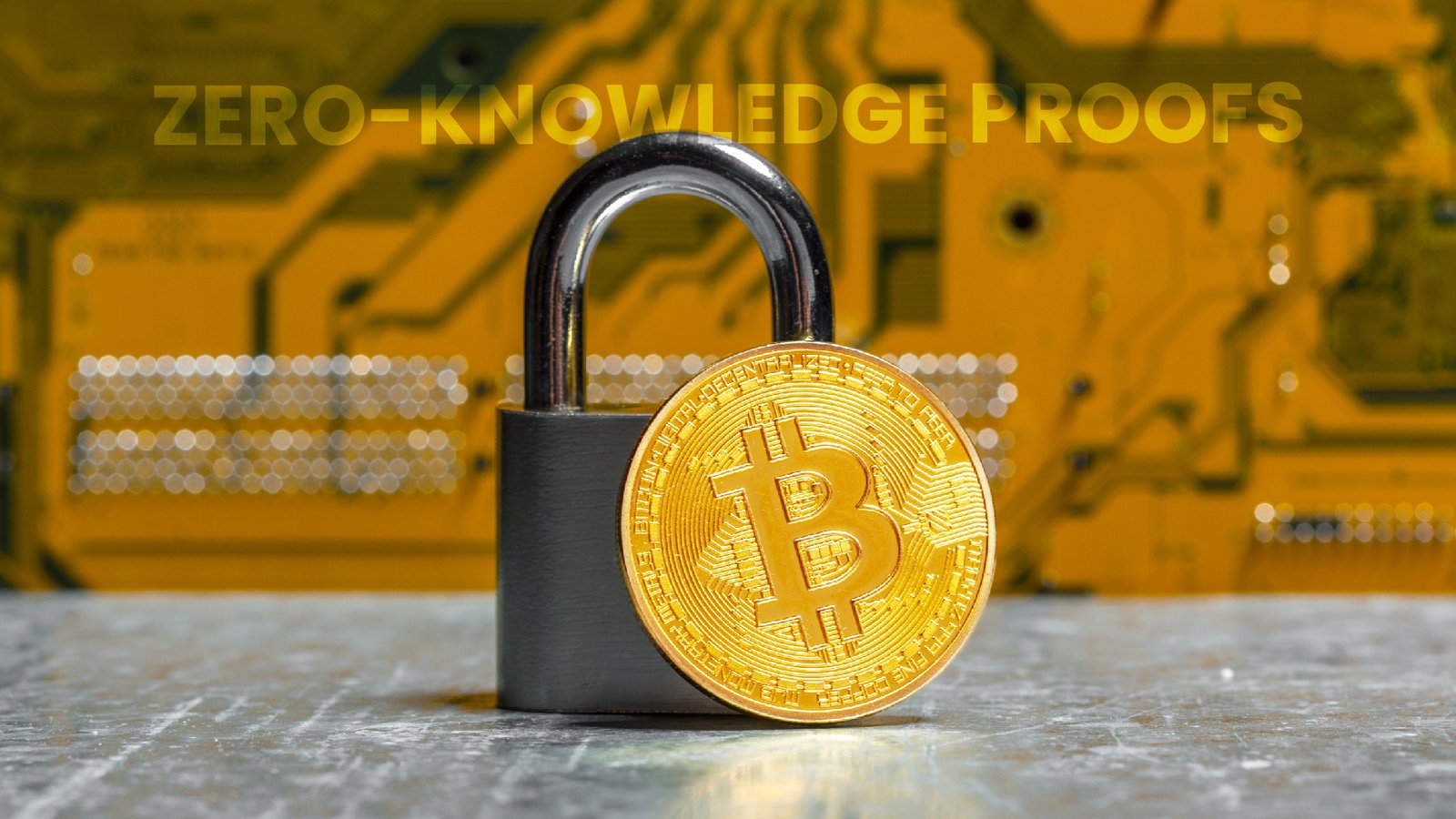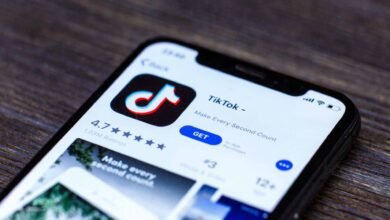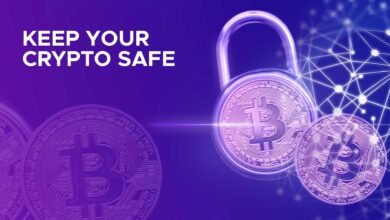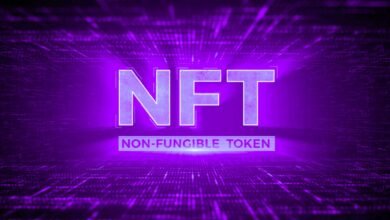
Are you curious about what are Zero–knowledge proofs and how they work? Are you looking for a guide to know all about Zero-knowledge proofs? Are you searching for the benefits, Zero-knowledge is providing?
If yes! You have reached at most suitable place as you are going to find all the information related to Zero-knowledge proofs.
Zero–knowledge is gaining attention in many fields and it is known as cutting-edge technology. It has gained most of the popularity in the blockchain. ZKPs allow for the verification of information simply without revealing the underlying data and then provide a high level of security and privacy. You are here to know what ZKPs are, and other information related to them, we are here to provide all the information.
In this article, we will explore the basics of Zero-knowledge proofs including the benefits they provide and their application in blockchain. This article will also cover the drawbacks of using ZKPs. This is an ultimate guide about ZKPs so stay with us until it ends to know all about ZKPs.
Let’s not waste our time and move forward!
What Are Zero–Knowledge Proofs?
The Zero-knowledge proofs are a way of proving the statement’s validity without revealing the statement itself. The prover is usually the party that is trying to prove a claim, and the verifier is responsible for validating the claim. Zero-knowledge proofs first appeared in the 1985 paper. It is a method through which one party can prove to another party something true, just without revealing the information apart from the fact that this particular statement is true.
Zero–knowledge proofs have improved over the years and it is now being used in different real-world applications.
How Do Zero-Knowledge Proofs Work?
Zero–knowledge proofs allow you to prove the true statement without sharing any content about the statement and revealing how you discovered the truth. ZKPs rely on the algorithms that take some data as input and return, true or false as an output. The Zero-knowledge proof must satisfy the below-mentioned criteria;
1. Completeness:
If the input will be valid then the Zero–knowledge protocol always comes true. So if the underlying statement is true, then the prover and verifier will act honestly, then the proof can be accepted.
2. Soundness:
If the input is valid, then it is impossible to fool the Zero-knowledge protocol to return the truth. Here lying proof cannot trick an honest verifier into believing the false or incorrect statement.
3. Zero-Knowledge:
The verifier did not learn anything about the statement except its validity and falsity. This requirement also prevents the verifier from deriving its original input from the proof.
Zero–knowledge proof is usually made up of three elements;
4. Witness:
With Zero-knowledge proof, the prover wants to prove the knowledge of some hidden information. The secret information here is the witness to the proof and the assumed knowledge of the prover about the witness establishes the set of questions that can be only answered by the party with the knowledge of information. This, the prover initiates the process of proving by choosing random questions, calculating the answers, and then sending it to the verifier.
5. Challenge:
The verifier will randomly pick any question from the set and then ask the prover to answer it.
6. Response:
The prover accepts the questions, calculates the answer, and then returns it to the verifier. The response of the prover allows the verifier to check if the farmer has access to the witness. To ensure that, the prover is not guessing blindly and getting the answers just by chance, the verifier will ask some more questions. By repeating the information many times, the possibility of the prover faking knowledge of the witness drops, until the verifier is completely satisfied.
Types Of Zero–Knowledge Proofs:
There are four main types of Zero-knowledge proofs and here we are going to discuss these types in detail.
1. Interactive Zero-Knowledge Proofs:
Interactive-Zero knowledge proof system has many interactions, to verify the soundness of another party’s claim on the data transaction without revealing the data itself.
Bob and Alice use Interactive ZKPs.
2. Non-Interactive Zero-Knowledge Proof:
Non-interactive Zero-knowledge proof only allows a single transaction, to verify the prover. Blockchains use them for things like proving a wallet, without revealing actual balance.
3. Zk-Snarks:
ZK-SNARK is the abbreviation of Zero-knowledge succinct Non-interactive argument of knowledge. The ZK-SNARK usually has the following qualities.
Zero-Knowledge:
The verifier can validate the integrity of a statement without knowing anything about this statement. The verifier only knows the statement, whether it is true or false.
Succinct:
The Zero-knowledge proof is usually smaller than the witness. It can be verified quickly.
Non-Interactive:
The proof is usually non-interactive because the prover and the verifier only interact once. Interactive proofs that require multiple rounds of communication.
Argument:
The proof satisfies the soundness requirement, so cheating is extremely unlikely.
OF knowledge:
The Zero-knowledge proof can never be constructed without access to the secret information known as a witness. It is difficult for the prover who doesn’t have the witness to compute the valid Zero-knowledge proof.
4. ZK-Starks:
It is an abbreviation of Zero-knowledge, a transparent argument of knowledge. It is similar to the ZK-snarks, except that they are;
Scalable:
ZK-STARK is usually faster than ZK-SNARK in generating and verifying the proofs when the size of the witness is large. With STARK proof, prover and verification times slightly increase as the witness grows.
Transparent:
ZK-STARK usually relies on publically verifiable randomness to generate the public parameters for proving and verification instead of verification setup. So they are more transparent as compared to ZK-SNARKS.
Use Cases For Zero–Knowledge Proofs:
Zero-knowledge proofs have many use cases, here will discuss some major use cases of ZKPs;
Shielded Transactions:
Zero-knowledge proofs provide shielded transactions and Zcash is the cryptocurrency that uses it. ZKPs provide an additional security layer.
Tokenization and Ownership Verification:
Tokenization is the method of tokenizing the ownership of the properties having legal-complaint protocols. Zero-knowledge proofs are used to tokenize the assets. After that, they verify the proof of stake.
Global Compliance:
Many countries have strict rules and regulations about the collection and sharing of financial information. It is difficult for the decentralized platforms to deal with it. They are used to share the required information with regulators and keep their information private.
Digital Identity Verification:
Identity verification is the concept of proving that the identity is real. It is about proving a person who is, and is it the real person behind his actions. It is mostly used in financial processes. Digital identity verification is usually the process of proving that the identity is real without even meeting to person. It focuses on collecting and verifying the personal information.
Privacy-Preserving Transactions:
Privacy-preserving transactions usually work in blockchain technology. They aim to provide you the secure transactions and protect your data.
Why Do We Need Zero-Knowledge Proofs?
Zero-knowledge proofs are significant and there are many reasons why their importance is increasing. Here we will provide you with some benefits of ZKPs as they are the reason we need them.
Identity Verification:
ZKPS helps with identity verification by allowing the verifiers to access securely and verify the identity of the users without having access to their actual data. It is most useful in baking industries where user authentication is very important and sensitive information should be private.
Compliance/Fulfillment:
ZKPs helps organizations to comply with various regulations such as data privacy law. They also provide secure and private data identity verification for compliance. It uses know-your-customer and anti-money laundering regulations.
Scalability:
ZKPs help to increase the scalability of the blockchain network. It allows for the verification of transactions without the need to reveal the underlying data. It decreases the amount of data that, must be retained on the blockchain. It then boosts or extends the efficiency of the network.
Privacy and Security:
ZKP security depends a lot on the basic structure or parameters in the ZKP working. They are one of the most prominent examples of cryptographic innovation. ZKP directly refers to less support for using information sent across the database. So ZKPS are unencrypted and yet highly secure. ZKPs provide a high level of security and privacy.
Interoperability:
ZKPs helps to facilitate the interoperability of different blockchain network. It provides a secure and private way to share information across different networks.
Drawbacks Of Using Zero–Knowledge Proofs:
There are many benefits of using Zero-knowledge proofs but at the same time, there are some drawbacks of using it. Here we are going to discuss some of the major drawbacks of using Zero-knowledge proofs!
Hardware Costs:
Generating Zero-knowledge proofs usually involves very complex calculations that are best performed on specialized machines. These machines are very expensive and they become out of reach for many individuals. Applications that use the Zero-knowledge technology must have hardware costs as it increases the costs for end users.
Proof-Verification Costs:
Verifying proofs will require complex computation and it increases the costs of implementing the Zero-knowledge technology in many applications. This cost is relevant to the context of proving computation.
Trust Assumptions:
In the case of ZK-SNARK, the common reference string is generated once and it is available for reuse to parties who want to participate in the Zero-knowledge protocol. Public parameters are usually created through a trusted set-up ceremony, here participants are assumed to be very honest. However, there is no way for the users to assess the honesty of the participants. Researchers are trying their best to make non-trusted setups for ZK-SNARKS to increase the security of the proving mechanisms.
Quantum Computing Threats:
ZK-SNARK uses elliptic curve cryptography for the encryption. However the ECDSA algorithm is secure now, and the development of quantum computers could break its security level in the future. ZK-STARK is very immune to the threat of quantum computing as it uses Collison-resistant hashes for the encryption.
Final Words:
Zero-knowledge proofs are gaining attention rapidly due to their unique properties like privacy preservation and scaling potential. ZKPs use a cryptographic protocol for authentication. It is a way to prove to another party that you have some secret information without disclosing the information. It involves the prover and the verifier. The verifier checks whether the statement is true using a computation whose odds leave little chance the proof is lying.
You are here to learn what Zero-knowledge proof is, so we have got you covered. We have provided you with all the information related to them which includes their benefits, types, use cases as well as drawbacks. So we are hopeful that, this guide is enough for you to master yourself about ZKPs. Do let us know in the comment section your feedback about this guide.
Frequently Asked Questions:
1. What is the Future of Zero-Knowledge Proofs in the Blockchain?
Zero-knowledge proofs bring many technological innovations in the future. As the blockchain and DeFi ecosystem is growing continuously the need for interoperability across different blockchain networks is also increasing. Cross-chain privacy layers of ZKPs allow transactions to be conducted on different blockchain networks. Zero-knowledge technology is complex so not every development team has the expertise in it. User-friendly ZKP toolkits help to bridge this gap and make it easy for developers (of different backgrounds) to use this technology.
2. How ZKP is used in Cryptocurrency?
Zero-knowledge proof KP is the cryptocurrency method, in which one party is known as the prover and another party is known as the verifier. They only set the information without ever showing the actual information to the verifier.
3. Which Language is used for the Zero-Knowledge Proof (ZKP)?
Noir is the Rust-based domain-specific language and it is the universal language for ZKPs. DSL is used for creating and verifying the Zero-knowledge proofs. It is very easy to write ZK applications that are compatible with any proving system. Noir language has many features. It includes functions, Submodules, structures, If statements, loops, and global constants.
Noir can be used to build the ZK games that are faster than the previously built.







